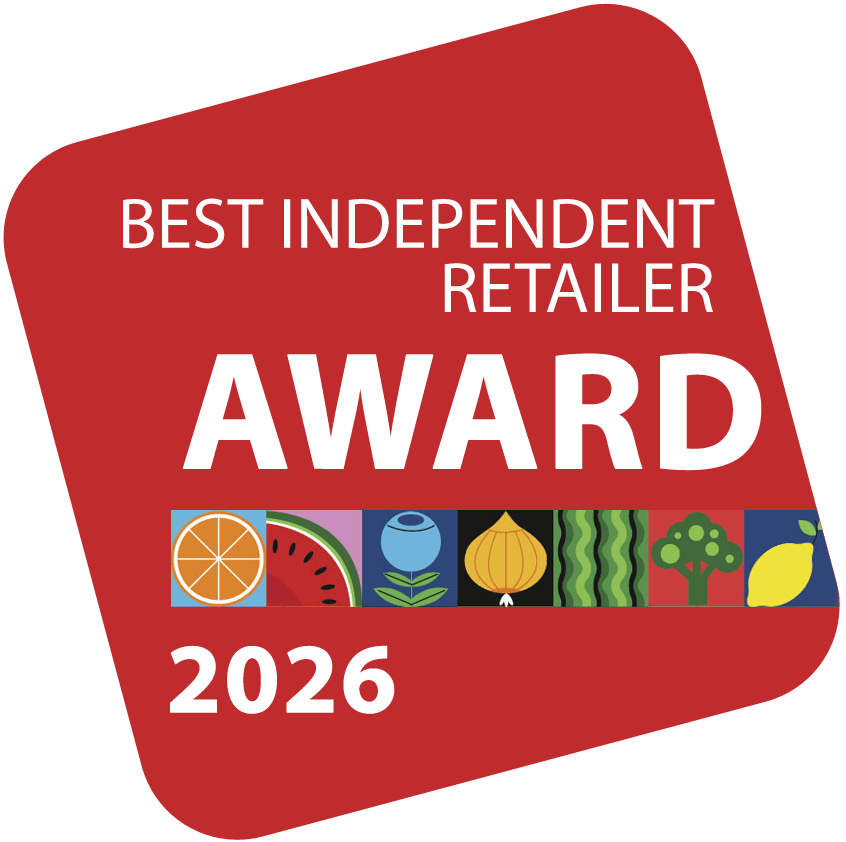European Parliament Approves Packaging and Packaging Waste Regulation
July 16, 2024 | 4 min to read
The Packaging and Packaging Waste Regulation (PPWR) was approved by the European Parliament in November 2023, aiming to enhance sustainability across the packaging lifecycle. Key amendments include reuse targets to decrease single-use items, a ban on harmful substances like PFAS and BPA, and mandates for separate collection of packaging waste. Countries must achieve a 10% reduction in plastic waste by 2030. This regulation will significantly influence the packaging industry, pushing for innovative solutions to align with EU sustainability goals.

The Packaging and Packaging Waste Regulation (PPWR) was first presented in November 2022 by the European Commission with the goal of making packaging and its waste more sustainable in the European Union.
This regulation sets requirements for packaging throughout its life cycle, including its design, use and waste management.
In October 2023, the committee on the Environment, Public Health, and Food Safety (ENVI) voted in favor of the proposal, which was approved Nov. 22, 2023, in the plenary session of the European Parliament. The regulation proposal passed with 426 votes in favor, 125 against and 74 abstentions.
Governments, packaging producers, and companies that use packaging will face more pressure under new EU regs.
During this vote, the members of the European Parliament also voted on the amendments, which resulted in some modifications of the requirements.
Changes approved by the European Parliament:
Reuse and refill targets: The reuse and refill targets aim to reduce the amount of single-use packaging and increase the circularity of packaging materials, and they have been among the most controversial requirements of the regulation. The regulation sets different targets for different products, such as beverages, detergents and cosmetics.
Some of these targets have been changed after the vote, and the inclusion of exemptions from participation in the reuse system for companies and member states that can prove a high separate collection rate, or a better environmental performance with alternatives, were also voted on.
The approved amendments also require final distributors of takeaway food and beverages to allow consumers to bring their own containers and proposes to assess the introduction of targets for bio-based plastics in the future. Cardboard has been proposed to be exempted from the transport packaging targets.
Substances of concern in packaging: One of the requirements of the regulation is to restrict the use of substances of concern in the production of packaging, as they pose environmental and health risks and can hinder the recycling process. This requirement complements current EU regulations on food contact materials and sets maximum permitted levels of certain chemicals in food packaging.
The European Parliament voted in favor of an amendment that includes a ban on intentionally added PFAS and BPA in food contact packaging. This requirement follows the concern around these compounds in the EU, and the world, and puts pressure on the industry to find safer and more sustainable alternatives to them.
Separate collection of packaging waste: The European Parliament also voted in favor of including a requirement for EU countries to achieve at least 90% separate collection of packaging waste per material by 2029.
Separate collection of packaging waste facilitates increases in recycling rates since it improves the quality of the feedstock for the recycling process. This requirement will increase the pressure on member states to improve their waste collection infrastructure and ensure that waste separation is both possible and effective.
Plastic packaging waste reduction: In the original PPWR proposal, targets for overall packaging waste reduction were outlined. In the latest vote, the parliament approved including a similar requirement, but specific to plastic packaging waste.
With this new requirement, countries will need to achieve a 10% reduction of plastic packaging waste by 2030, 15% by 2035, and 20% by 2040. These targets will necessitate countries and packaging producers to find solutions that lead to a reduction in plastic waste production, such as redesign, substitution or reuse, and will also encourage innovation and investment in the packaging sector.
Even though the requirements of the PPWR are not final, it is possible to anticipate the impact this regulation will have in the packaging industry. We expect packaging manufacturers will need to revise their portfolios to ensure they comply with the requirements that the PPWR will introduce and that this might lead to some changes in the packaging they produce.
Companies will need to, in some cases, adjust the materials used, their sourcing strategies, and their processes to adapt to the requirements. Additionally, there is likely to be substitution of packaging materials that are easier to recycle or to source, which will vary case by case, and depend on their applications.
In the interest of sustainability, it is important a good analysis is made when changing materials. Significant investments in infrastructure will be needed to match the ambitious waste separation and recycling targets set by the PPWR. These will vary depending on the existing infrastructure of the countries.
The approval of the PPWR by the parliament was an important step toward the adoption of the regulation. Back in December 2023, the European Council published its negotiating position, which served as a basis for the next round of negotiations. The final text of the regulation was presented in the spring of 2024, and its implementation could begin in 2025.
The impact the regulation will have in the packaging industry will be significant. Governments, packaging producers, and companies that use packaging will face more pressure in achieving sustainability in packaging, and it is necessary for them to start preparing for the impact that the PPWR will have.

Regina Mestre is a packaging analyst for RaboResearch.
8 of 16 article in Produce Business July 2024

